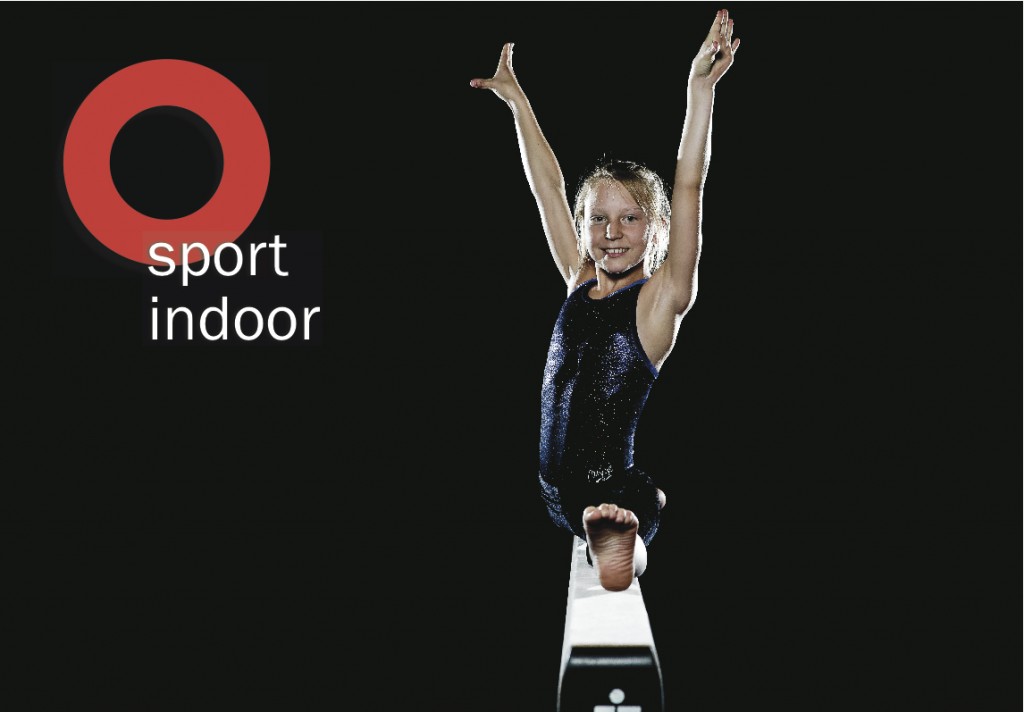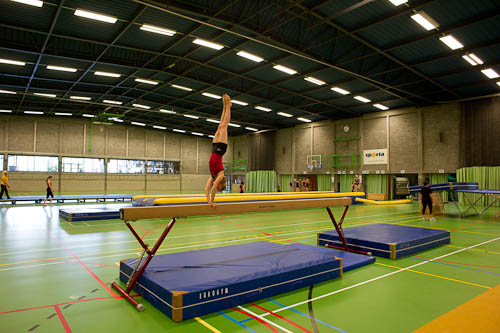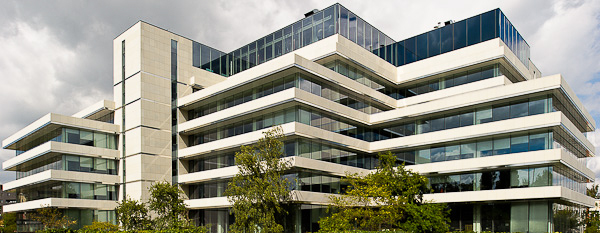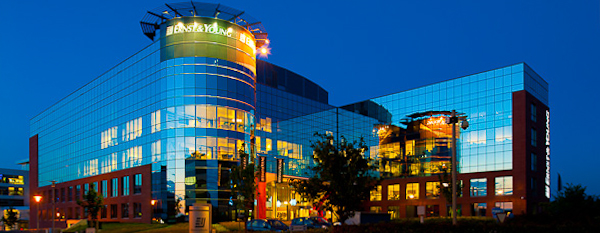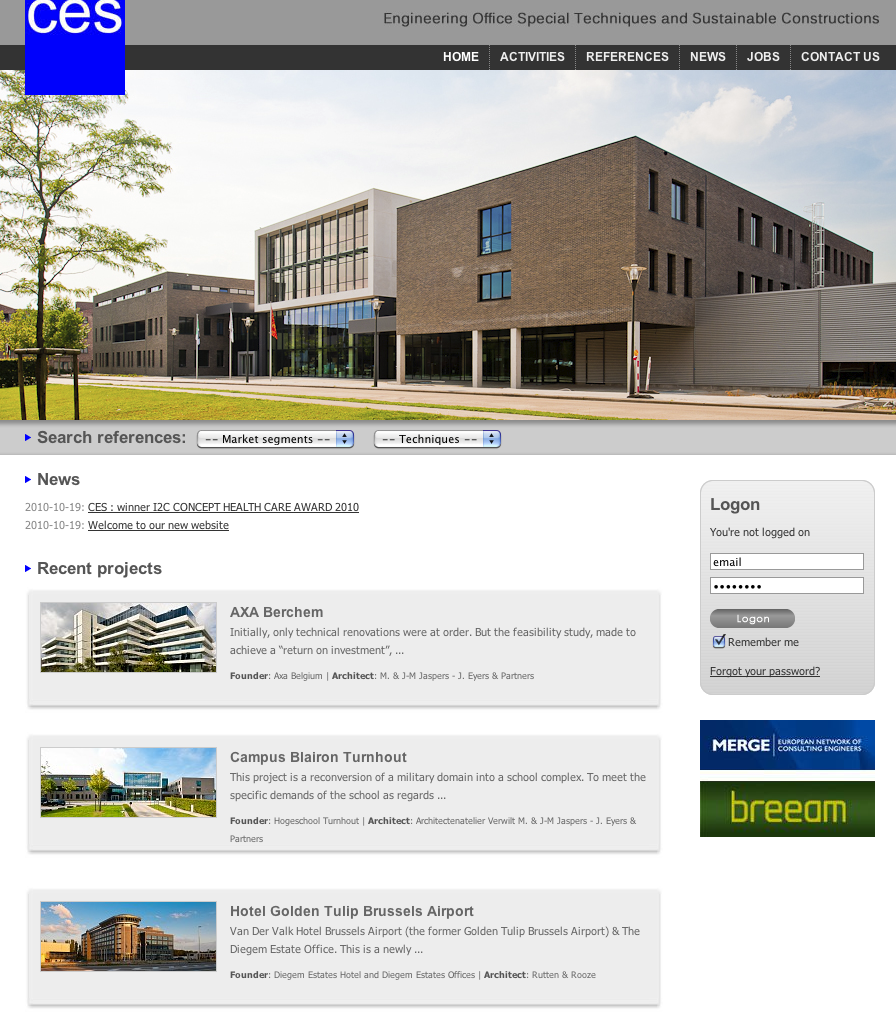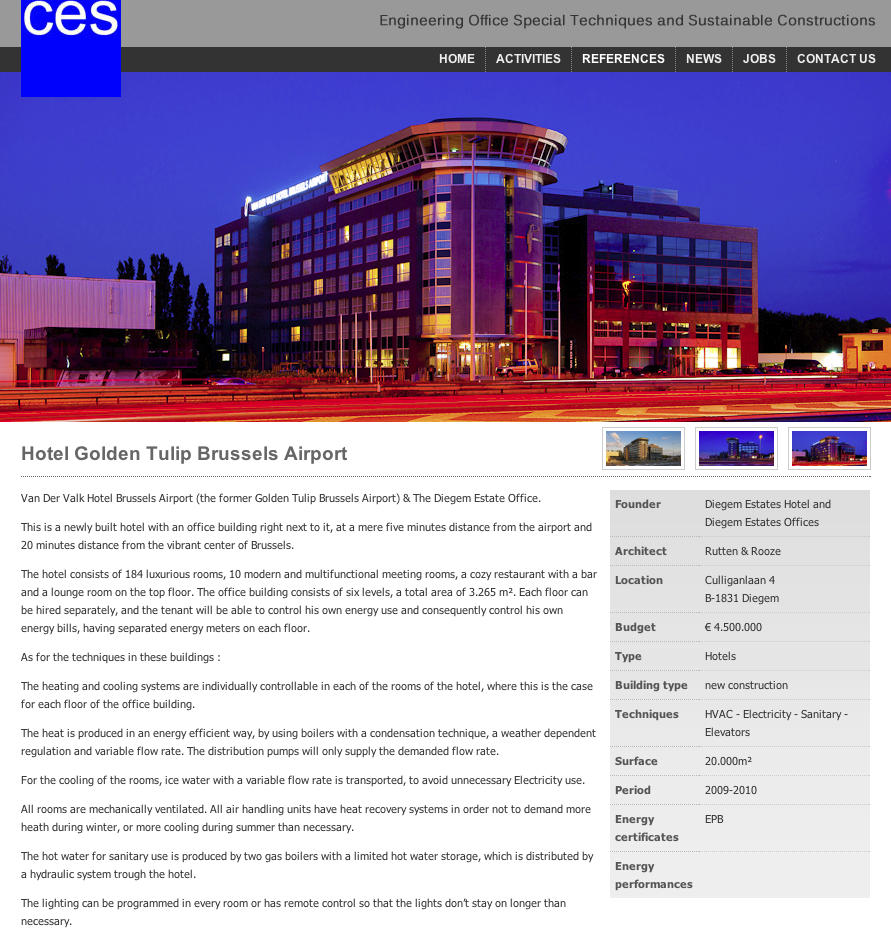As a photographer, you want to explore every possible solution to a problem. While I was doing architectural photography – photographing the interior of a dormitory – I was confronted with rather drab lighting inside. Also, the sun was shining outside (it was a hot summer day) but was at the “wrong” side of the building, so it didn’t shine into the room that I had to photograph.
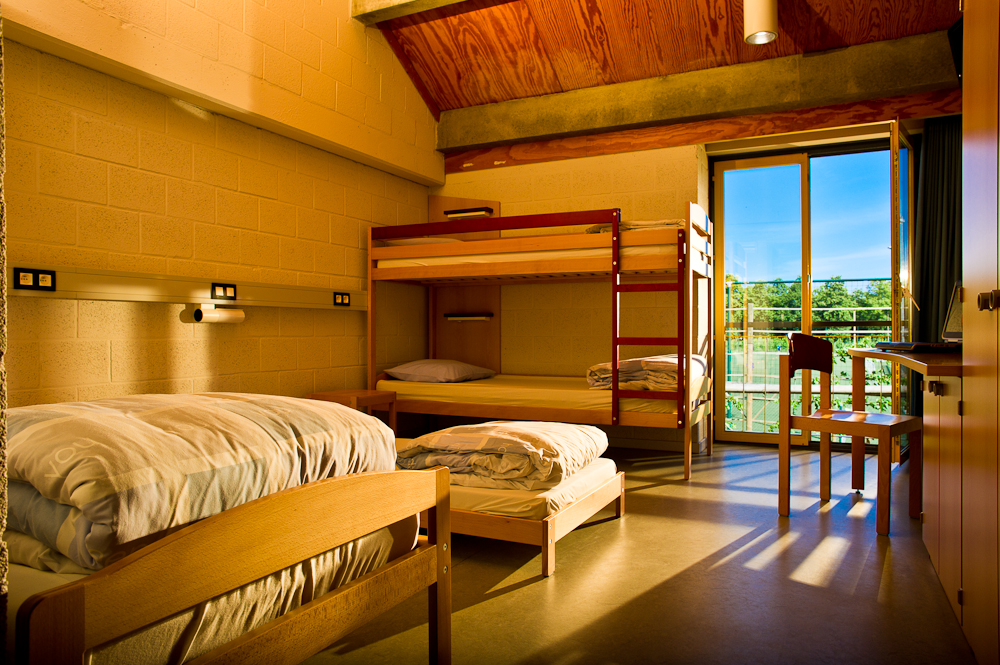
The solution that came to my mind was to light the room with small strobes (Nikon SB900 flash light) in order to create a type of lighting that was more appealing than the available light (or the light that comes from the artificial light in the room, eg light bulbs, fluorescent light, etc ….).
Firstly, I used pocket wizards to trigger my flashes, as the Nikon Creative Lightings System (CLS) wouldn’t have worked well in this particular case. You need a direct line of sight in order the flashes to trigger.
Secondly, I had my camera set at an exposure whereby I had a rather dark image (ISO 200, F/9 at 1/250 gives a grossly underexposed image) at the inside of the building, but it did match the ambiant light outside pretty well.
Thirdly, I positioned a flash (Nikon SB900) outside with a full cut CTO gell over it, in order to simulate the warm rays of a rising sun. You can still see a bit of the flash at the far corner of the window, which adds to the feeling of a rising sun. That flash casts the long shadow of the chair and table and is the key light to the image.
Lastly, I had to bring in extra light in order to lift the general feel to the image. So I positioned an extra flash to get some light in the ceiling and some general fill to the entire frame.
The result is a double spread in the Sporta magazine , showing the viewers a room the invites to be staying over at their accomodation.

A room with a view - using the strobist technique of off-camera flashes to light the inside of a room.
